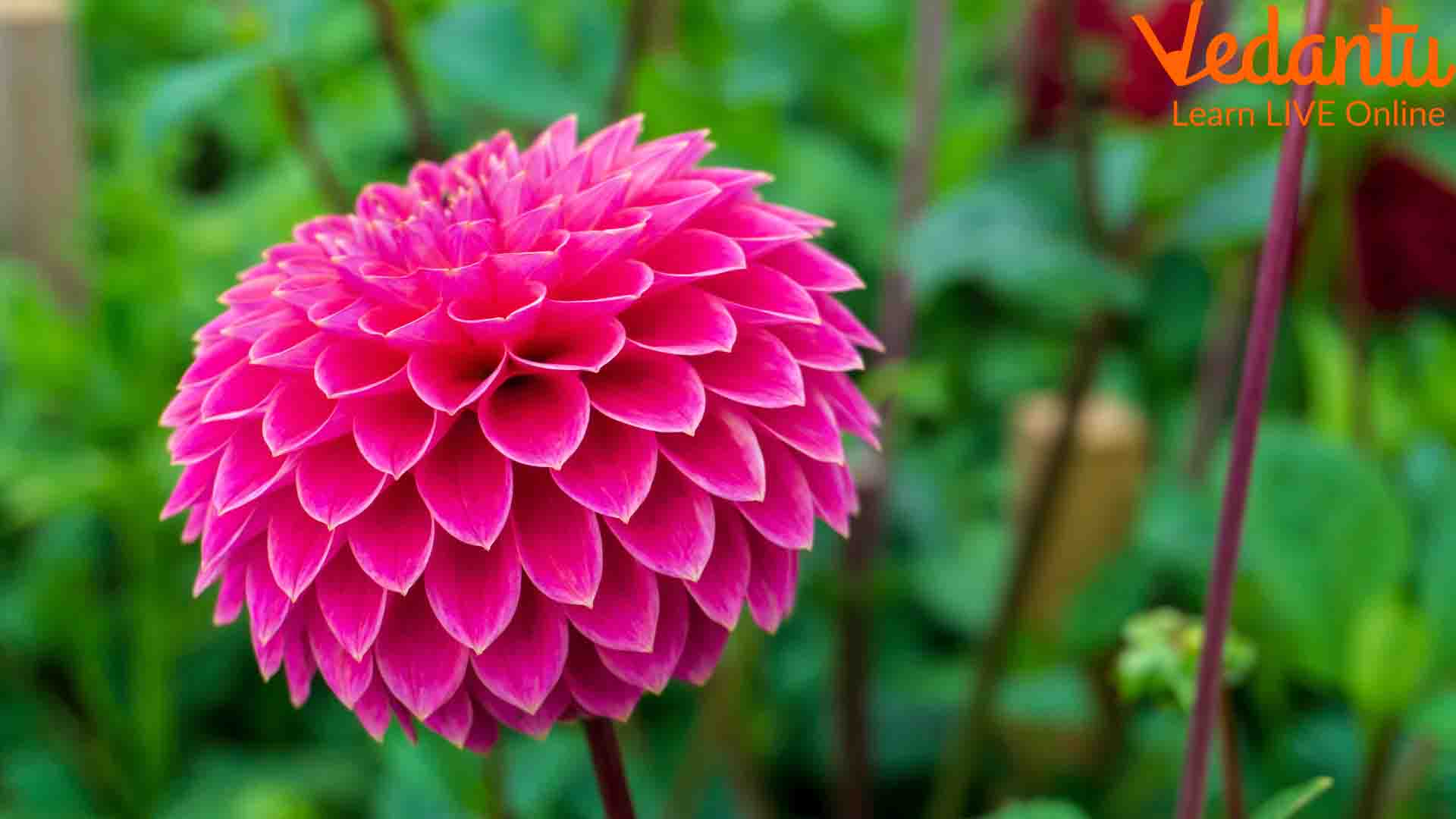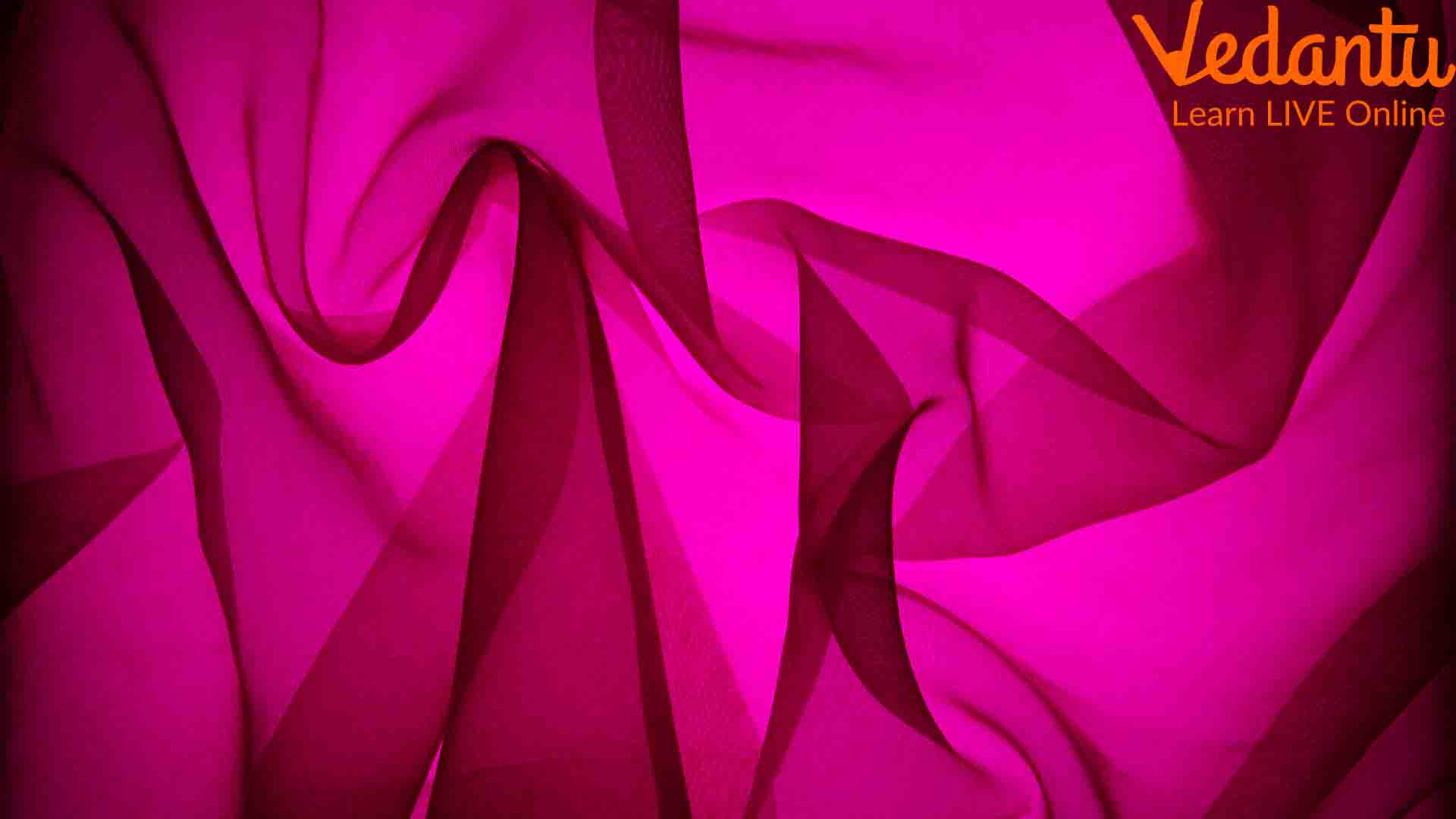Magenta - The Magical Colour
Magenta has been a colour for centuries that captivated us. This is a colour that appears when you mix violet and Red. People have been debating over its actual existence. But magenta colour does not have its wavelength. Our brain perceives different wavelengths of light as different colours.
Some say that the colour is made up. Other than the metaphysical aspects of its existence, Magenta is known as a colour of harmony and balance. Violate and Red is related to Magenta. Are you looking for a different hue?
Notable Information about Magenta
The Magenta colour code is #FFOOFF.
It is made of 100% red, 0% green and 100% blue (among RGB coloures).
Magenta is considered spiritual and is used in Feng Shui.
This colour is one of the three colours of ink used by an inkjet printer.
Cyan and yellow are the two other colours besides Magenta.
Magenta colour shares similarities with red and purple.
In 1860 Magenta was used in English as a name for a colour.
Besides red, Magenta is well used in portraying romantic gestures like a valentine's card or a heart.
The attractive colour Magenta is pretty similar to pink. Many women love to wear it.
An equal amount of blue and Red makes the magenta colour combination.
Mysterious Magenta Color
Arguably, colour does not exist because it is the interpretation made by human brains to distinguish various wavelengths from one another. The ability to see through colours is a beneficial thing humans develop with time. It is better than seeing black and white.
Besides humans, animals, too, have been found to have this ability. Humans have decent colour recognition ability. Some animals, like Bluebottle butterflies, have 15 different photoreceptors. Different animals can see differently. Let us look at Magenta - a colour that does not exist. As it turns out, it’s not the only one.

Is Magenta a Real Color?
And the question continues if Magenta is a natural colour. Magenta does not exist as it has no wavelength; On the spectrum, there is no place for it.
We see it because our human brain dislikes having green between purple and Red.
There is more to say, the magenta colour might not exist, but there are ways you can create imaginary colours.
You can see it temporarily by looking at a chimerical colour demo template.
That happens when you stare at an image for a bit until some of the eye cells perceiving the colour become tired.
After this, you will see imaginary colours when you shift your eyes to another coloure, which is different.
Colors are merely the interpretation of wavelength values.
Researchers discussed the possibilities of impossible colours.
They believe these are just intermediary colours between 2 colour cones.
However, it is a known fact that people have seen colours that they have never seen before.
So, it would be safe to say that impossible colours may not exist, but it is certainly possible to trick the brain into seeing new hues.
Magenta Pink
Magenta Pink (or just Magenta) is the colour of universal harmony and emotional balance.
This colour comes with the power, passion, and energy of Red, restrained by the introspection of violet.
The colour promotes compassion, kindness, and cooperation. It is a colour of cheerfulness, contentment, happiness, and appreciation.
In the colour wheel, magenta forms from mixing red and blue and is placed halfway between purple and Red.
With a little more application of blue, it looks closer to purple. When mixed with more Red, it can be seen closer to pink.

How to Make Magenta Color?
Magenta is a Secondary colour in the RGB system. Thanks to its constant demand and beauty, people want to make magenta colour on their own. Thus, how to make magenta colour is a common question. Magenta appears when your brain can not identify whether it is red or blue. You can make the colour in your colour palette by mixing equal amounts of blue and red in high intensity.
A higher amount of Red will make the colour magenta pink, and a higher amount of blue will make a combination of dark magenta colour. So, next time, if someone asks what is Magenta? You have the answer that it is nothing but a gorgeous version of mixing red and blue.
More About Magenta
The origin of Magenta started in the early 1800s.
William Perkin was the person to invent the first synthetic aniline dye - mauveine.
It inspired chemists to develop more colours made from aniline dyes.
Chambers Nicolson and George Maule were the chemists to invent the magenta colour.
The magenta colour was named after the battle of Magenta in 1860.
It became a commercial success in fabric manufacturing and the textile industry.
In the colour wheel, green is the complementary colour of Magenta.
The other two colours cancel out each other when combined.
In colour psychology, this colour represents sophistication, mystery, and compassion.
Positive qualities represented by the colour are: spontaneous, resourceful, impulsive, and organized.
Negative qualities associated with this colour are Arrogance, demandingness, and over-relaxation.
Conclusion
A dark magenta colour looks like purplish pink or heavy red-purple. You can make some magenta paints to nurture your love for this colour. For the right application of the colour, you need to know its hue properly. There are multiple different lighters or darker shades of Magenta. Still consider the colour as a member of the family of violet and purple. The colour is unique and unconventional.
Hopefully, our guideline regarding the topic clarifies your enthusiasm about the Magenta colour. If you are an artist or a designer, you can experiment with the shades of Magenta. Different shades of Magenta will look good on your home’s wall, your baby’s dress, and on th canvas where you take pictures of some flowers.







